Projects
Galaxy Surveys
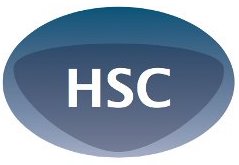
Hyper Suprime-Cam (HSC) is a prime focus camera at the 8.2m Subaru Telescope. Anyone who is working at an institute in Japan has full access to the proprietary data. To join the HSC collaboration, please visit this page.

Prime Focus Spectrograph (PFS) is a massively-multiplexed fiber-fed optical and near-infrared 3-arm spectrograph (2400 fibers, lambda=380-1260nm, 1.3 degree diameter FoV) at the Subaru Telescope. The survey begins around 2024. Anyone who is working at an institute in Japan has full access to the proprietary data. To join the PFS collaboration, please visit this page.

For the first ten years of operation, Vera Rubin Observatory will perform the Legacy Survey of Space and Time (LSST), using the 3.2 Gigapixel Rubin Observatory LSST Camera and the 8.4-m Simonyi Survey Telescope. Work toward understanding the nature of dark energy with the survey is being carried out by the LSST Dark Energy Science Collaboration (DESC).
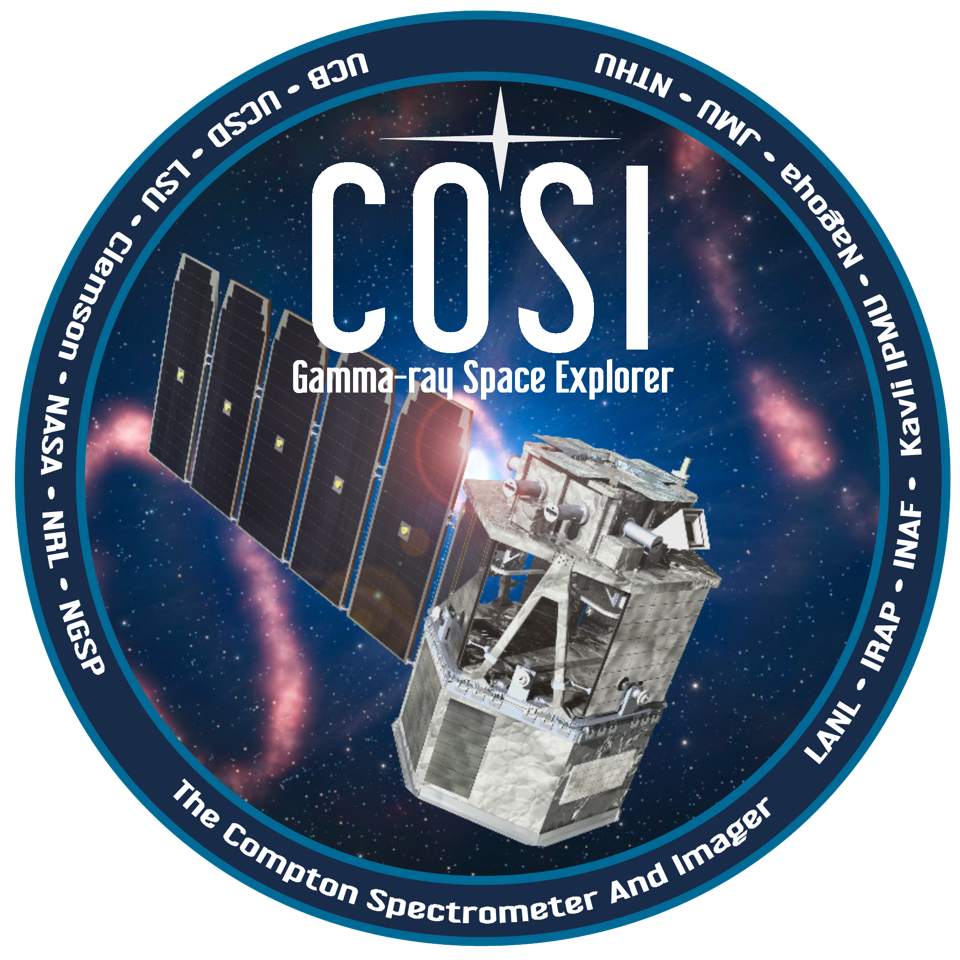
Compton Spectrometer and Imager (COSI) is a soft gamma-ray survey telescope (0.2-5 MeV) designed to probe the origins of Galactic positrons, uncover the sites of nucleosynthesis in the Galaxy, perform pioneering studies of gamma-ray polarization, and find counterparts to multi-messenger sources.
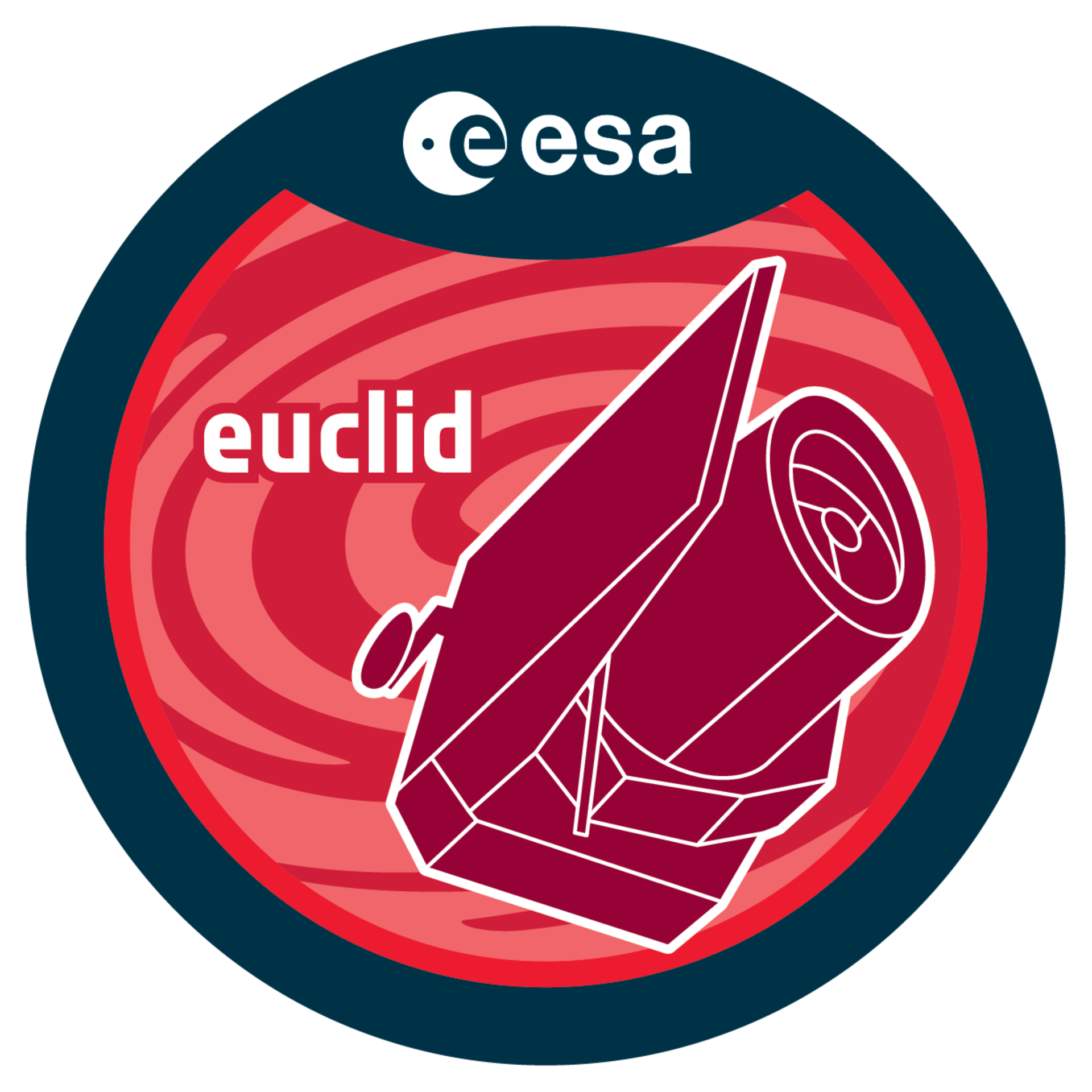
Euclid is a space telescope designed to survey most of the extragalactic sky with imaging in optical and slitless spectroscopy in the infrared. Its main goal is to understand the dark components of the Universe (dark matter and dark energy) by measuring the distortion of galaxy shapes and the 3D position of Hα galaxies. The scientific analysis is carried out by the Euclid Consortium. Japan is part of the Consortium with a limited number of members. Contact the Euclid PIs in IPMU if you want to get involved.
CMB Experiments
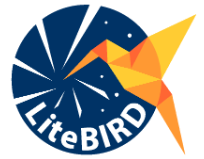
LiteBIRD is a cosmic microwave background (CMB) satellite that will search for primordial gravitational waves emitted during the cosmic inflation era (around 10–38 sec after the beginning of the Universe), by performing an all-sky CMB polarization survey.
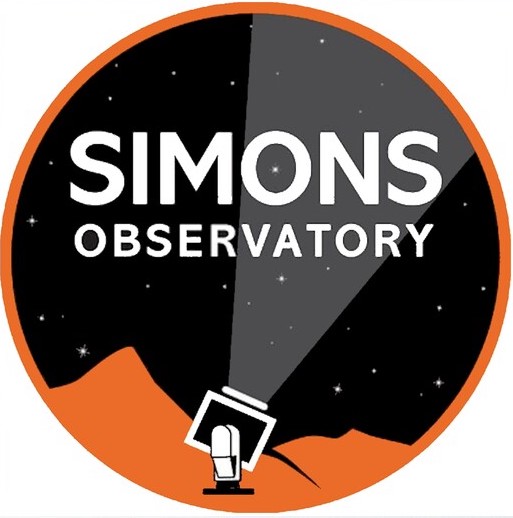
The Simons Observatory (SO) is a ground-based CMB experiment situated on Cerrro Toco, Chile, 5300 m (17,000 feet) above the Atacama Desert in Chile.
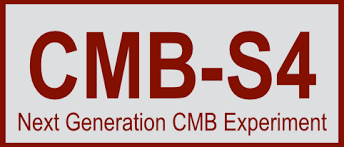
CMB-S4 is the next-generation ground-based CMB experiment, expected to start operation in the early 2030s with 21 telescopes at the South Pole and in the Chilean Atacama desert surveying the sky for 7 years. (Update: Although CMB-S4 was cancelled in June 2025, it remains listed here in recognition of its legacy and our members’ contributions.)
Particle Experiments

Super-Kamiokande is the world’s largest water Cherenkov detector, located at 1,000 meters underground in the Kamioka-mine, Hida-city, Gifu, Japan. It studies neutrino properties and searches for proton decay and supernova relic neutrino.

Hyper-Kamiokande is to be the next generation of large-scale water Cherenkov detectors, an order of magnitude bigger than Super-K. The detector is both a “microscope,” used to observe elementary particles, and also a “telescope” for observing the Sun and supernovas, using neutrinos.

T2K (Tokai to Kamioka) is a long-baseline neutrino experiment in Japan, and is studying neutrino oscillations.
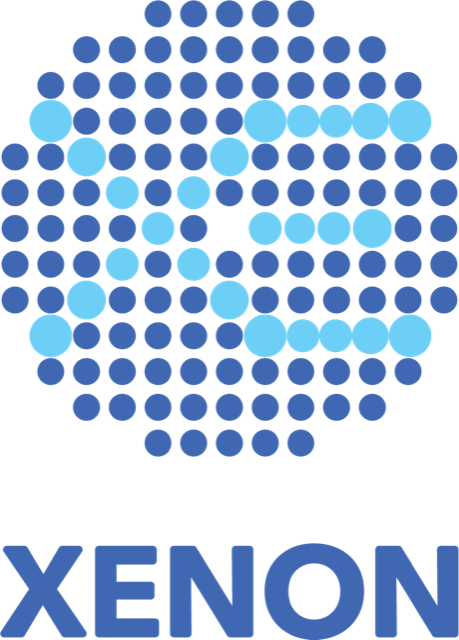
XENON is a direct search experiment for dark matter with liquid Xenon. It is located deep underground at the INFN Laboratori Nazionali del Gran Sasso, Italy.

Belle-II, the first super B-Factory experiment, is designed to make precise measurements of weak interaction parameters and find NP (New Physics) beyond the Standard Model of particle physics. It is at the SuperKEKB accelerator complex at KEK in Tsukuba, Ibaraki prefecture, Japan.
Machine Learning Theory
We explore the feasibility of applying novel machine-learning techniques to data analysis and simulations in physics and astrophysics. As an example, we study quantum machine-learning algorithms and quantum simulations, to better understand the powers and limitations of quantum computers.
AI Ethics
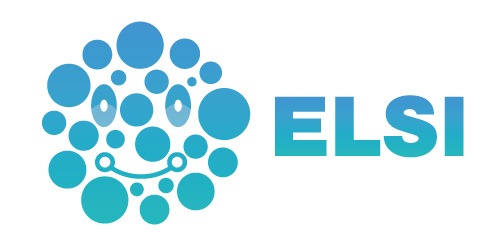
Score ELSI aims to develop a simple scale to measure the Ethical, Legal, and Social Issues (ELSI) in science and technology, such as artificial intelligence, genome editing, mental health instruments, and climate engineering.